Avignon
Avignon’s claim-to-fame is that, from 1309 to 1376, the Roman Catholic Papacy resided in this city, not Rome. How that came to be is a rather complicated story, which I’ll spare you (and me). In essence, in 1305 Philip IV, the French king, decided that the Catholic Church had to be saved from itself and corrupt Popes by having a French pope. He pressured the 1305 conclave to elect the Archbishop of Bordeaux as Pope (he became Pope Clement V); once elected, Clement refused to move to Rome and in 1309 settled in Avignon. The next six Popes lived in Avignon - unsurprisingly, all were French, all under the direct influence of the kings of France (this differed from most of the previous Popes, who were Italian and under the direct influence of whoever was ruling Italy).
In 1376, Gregory XI said “Enough” and moved the Papal Court back to Rome. There followed a period in which the real Pope resided in Rome and “anti-popes,” elected and controlled by the French king, lived in Avignon. But the French Popes were not accepted by the Church as the real heads of the Church and that dual-Pope situation, called “the schism” soon disappeared.
Avignon today is known for the amazing Papal Palace built during the time of the French popes. Over the seven centuries since the Papal Court moved back to Rome, the Avignon Papal Palace has been stripped of anything valuable, but it still is mighty impressive and shows the wealth and power of the Church then. But other than the Papal Palace, Avignon is not particularly interesting, though there were lots of fellow tourists here.
To give you an idea of how little Avignon itself interested us, I took exactly two pictures in the city and one of them is not very good. So, since you should see a good picture of the Papal Palace, here’s one I swiped from the Internet:
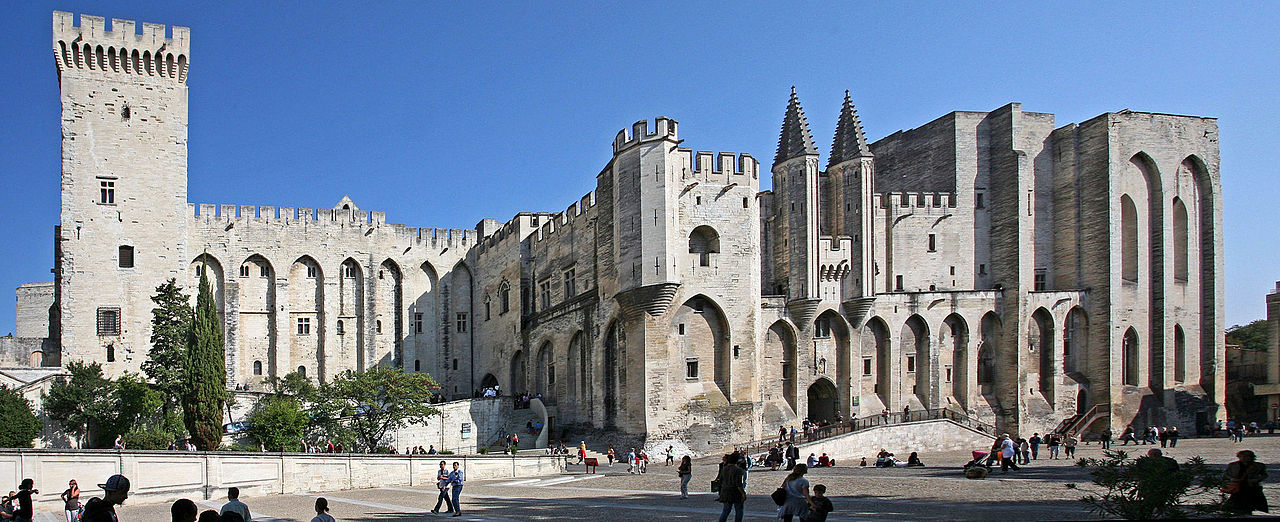
Our Avignon judgment: meh. The Papal Palace was interesting and a guided tour was helpful to understand it. Everything else in Avignon: not so much.
Oh, yes, the other picture of Avignon. This is the public library (remember, I’m married to a retired librarian) which was once the Cardinal’s residence. Cardinal Annibal of Ceccano was responsible for the murals painted on the walls of two floors. Now the kicker: Cardinal Annibal died in 1350. Yes, that’s right: the decorative murals in the public library are are almost 800 years old.
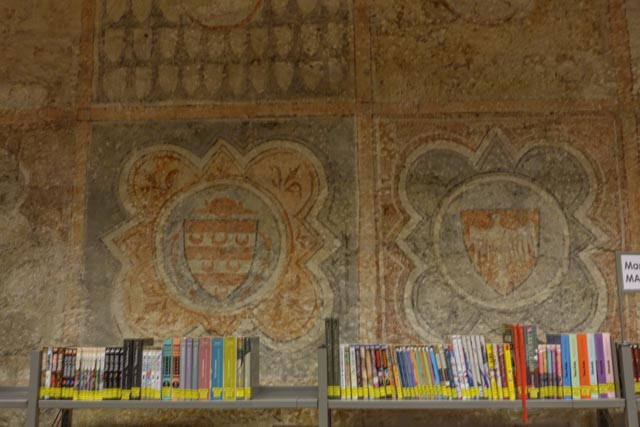
Villenueve-les-Avignon
We stayed across the Rhone river from Avignon in Villeneuve-les-Avignon, which is more interesting in many ways that Avignon itself (and much less touristy - even at this time of year, Avignon was teeming with tourists, including, of course, us).
Fort-Saint-André
Gotta love a good fortress, and Villeneuve-les-Avignon has a great one. The first use of the hilltop site here was as an abbaye, in the 10th century. Then, when Avignon became the site of the Papacy, France had a little problem: Avignon was not part of France - it was part of the Holy Roman Empire from 1309 to 1348, and was a Papacy State from then until the French Revolution when, in 1791, it finally became French territory. This meant that France had to have a way to protect itself from Avignon encroaching on (more commonly called “attacking”) it. So the land of the abbaye became Fort-Saint-André. It’s pretty impressive:
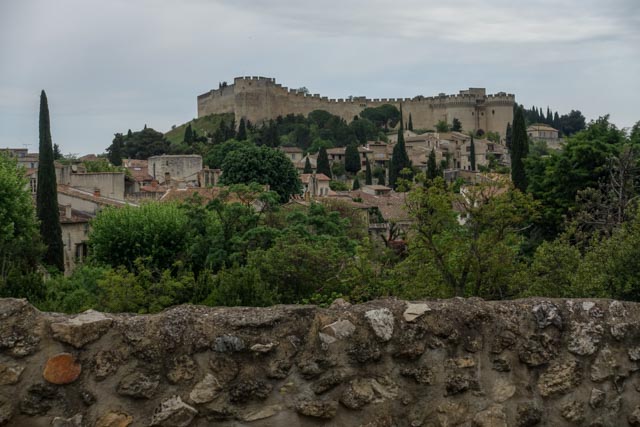
I love to see these ancient buildings that have artifacts from earlier buildings.
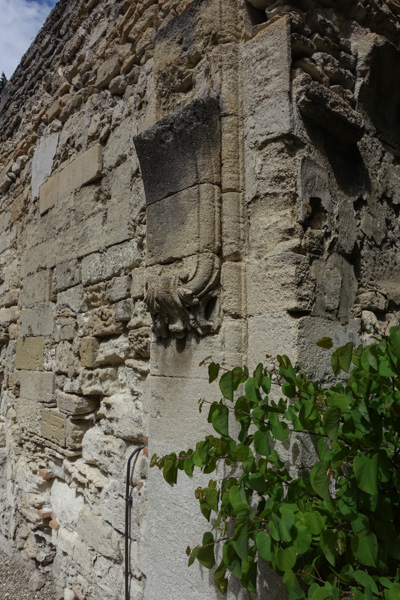
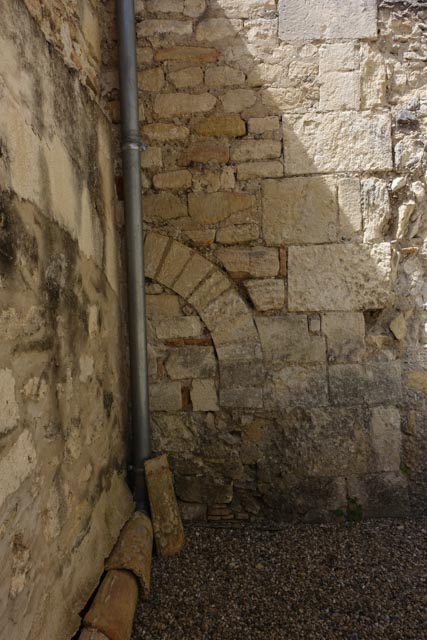
We visited an old monastery in Villeneuve-les-Avignon. La Chartreuse has been converted to a performing arts center and artists’ residence, but still retains all the trappings of a monastery - cloister, cells for the monks (which were actually quite spacious), a church, and a room for copying texts (the only heated room in the monastery, to keep the ink from freezing).
Some pix of La Chartreuse:
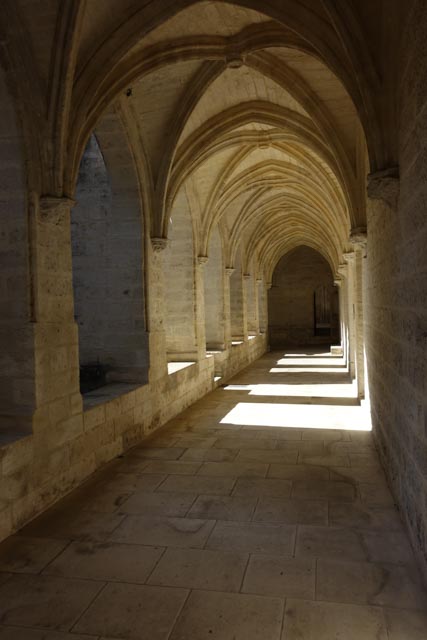
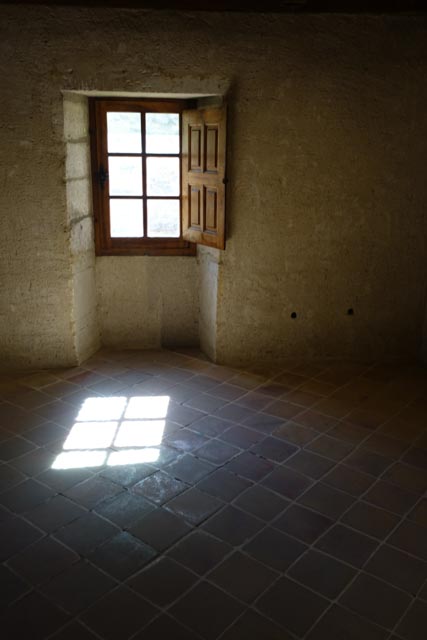
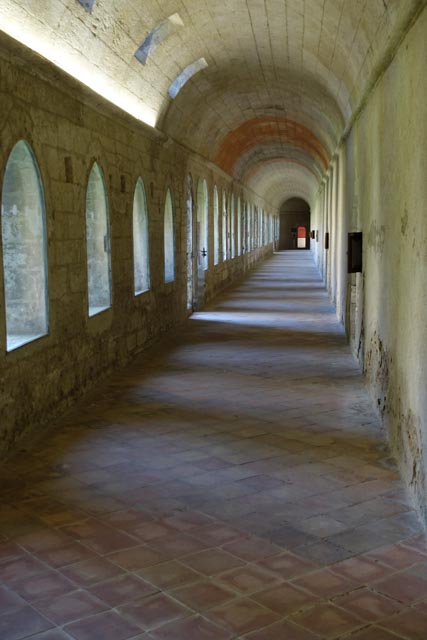
If you’re wondering whether there’s a connection between this monastery and the liquor called Chartreuse: kind of. This was a monastery of the Carthusian order and the liquor Chartreuse was created by the monks of a Carthusian monastery located in the Chartreuse mountains in the French Alps. Evidently many Carthusian monasteries were named La Chartreuse and many of them - even to this day - continue to make Chartreuse.
Saint-Remy-de-Provence
One day we took a drive to visit some sights in the Avignon region. After a visit to Baux-de-Provence (a “Most Beautiful Village” - don’t get me started on Most Beautiful Villages), we drove to Saint-Remy-de-Provence for lunch. On the drive through the countryside we came unexpectedly upon these two structures next to each other.
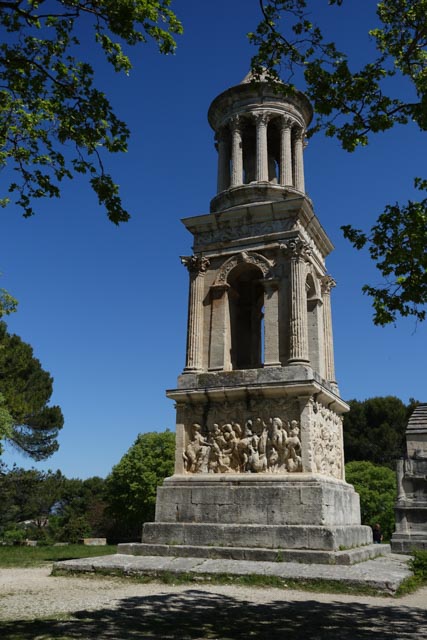
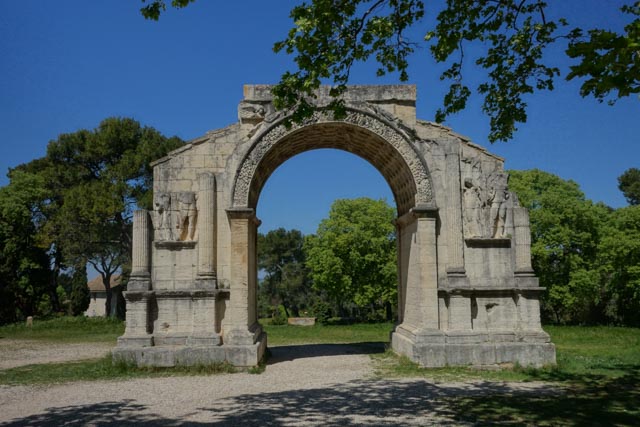
These are Roman structures, built somewhere around 100 AD near the Roman city of Glanum. Both are funeral monuments; both are amazing. That they seemed to just appear in the countryside was no less amazing, especially since we found that they are only about half a mile from Saint-Remy-de-Provence.
Now one question is how is it that these monuments just happened to be right beside a main road? Because, of course, the road is built on the route of a road built by the Romans, so people traveling on this busy road 1900 years ago would see them, just as we do today. Amazing, in my opinion!
Okay, I’m going to wrap up this post on Avignon and its environs. Summary: Avignon was worth a tour of the Papal Palace and an hour or so of strolling but the area around Avignion had lots of interesting things to see that made this trip well worth taking.
Next post: More day trips around Avignon and Uzés.